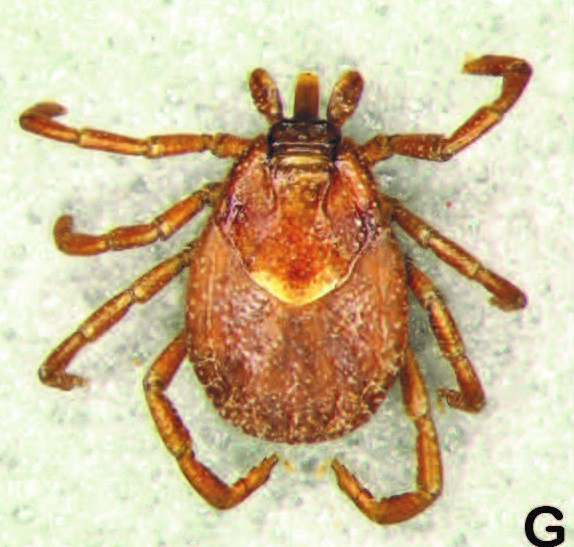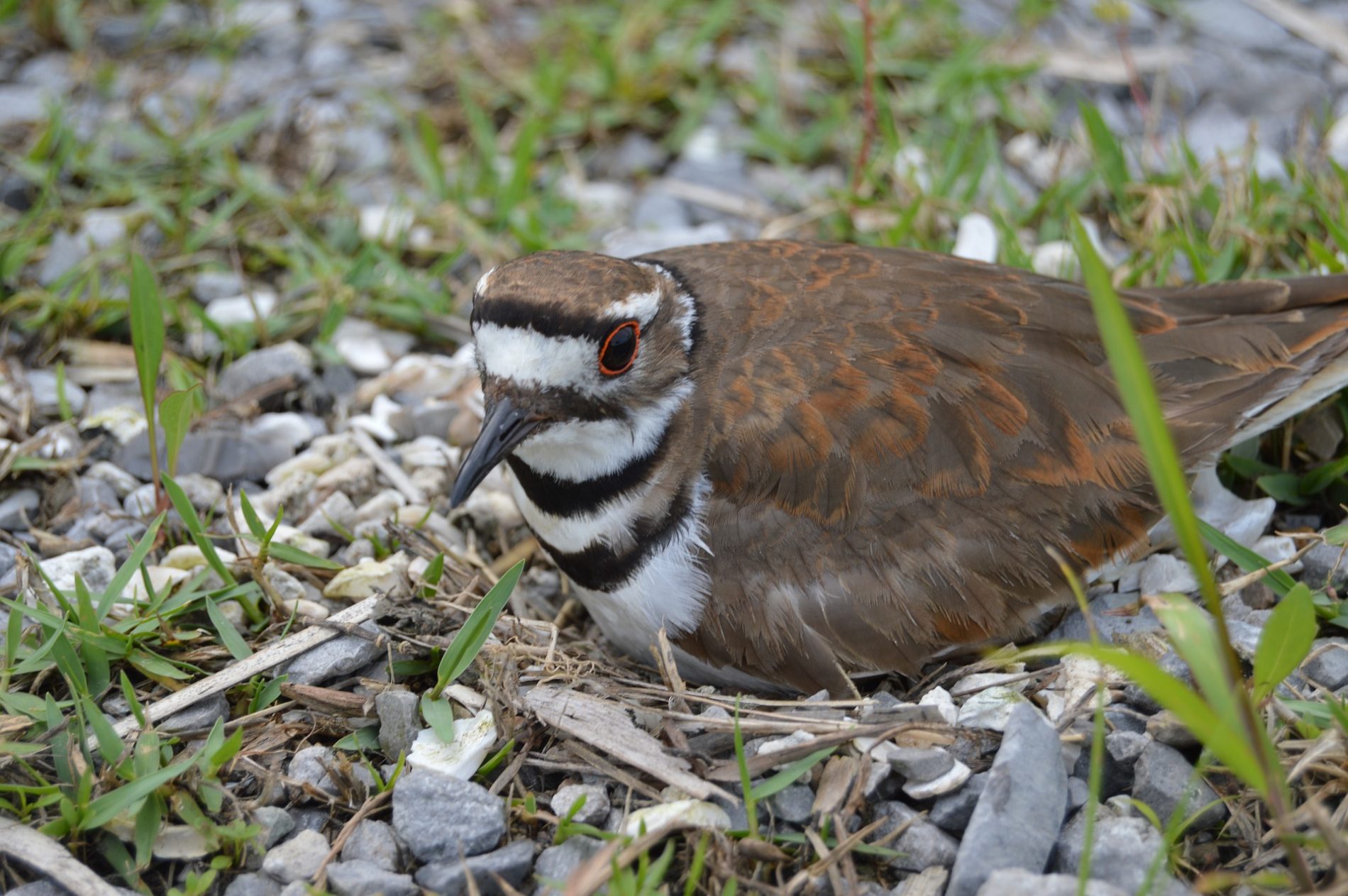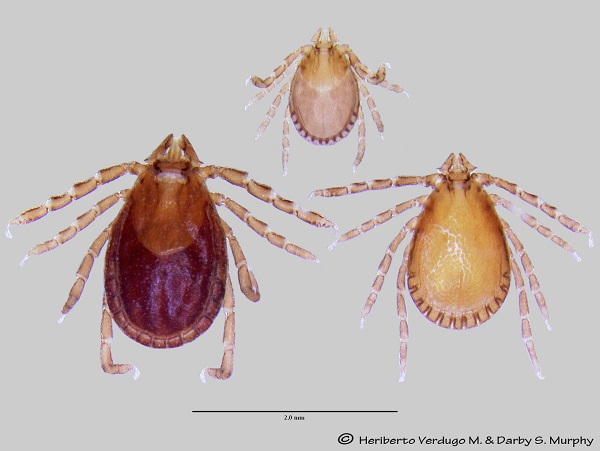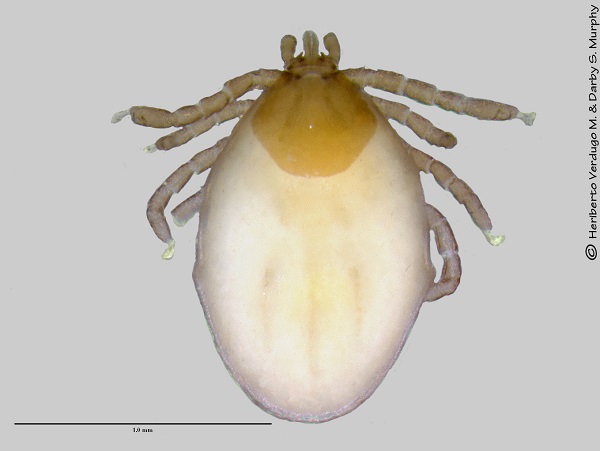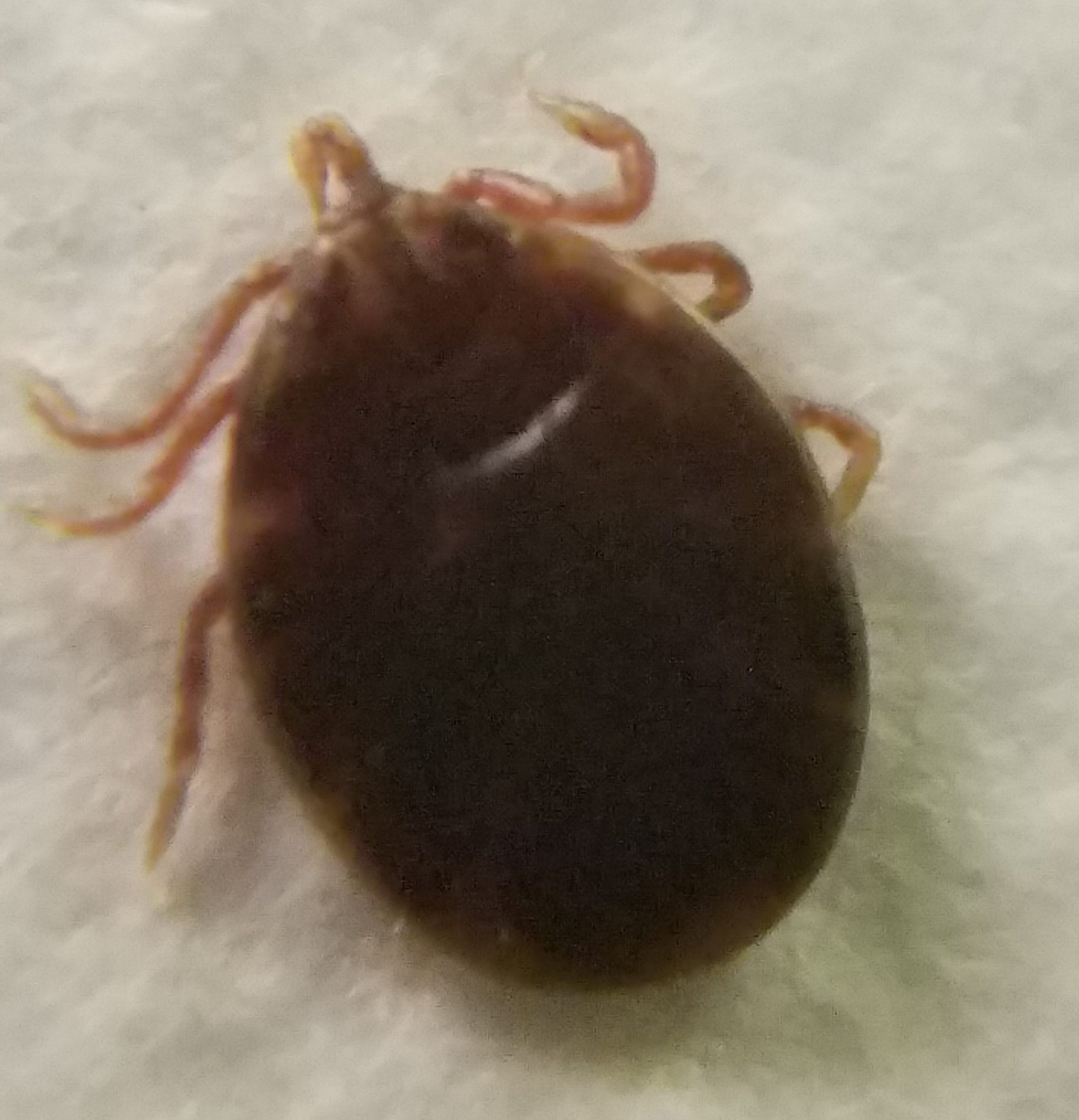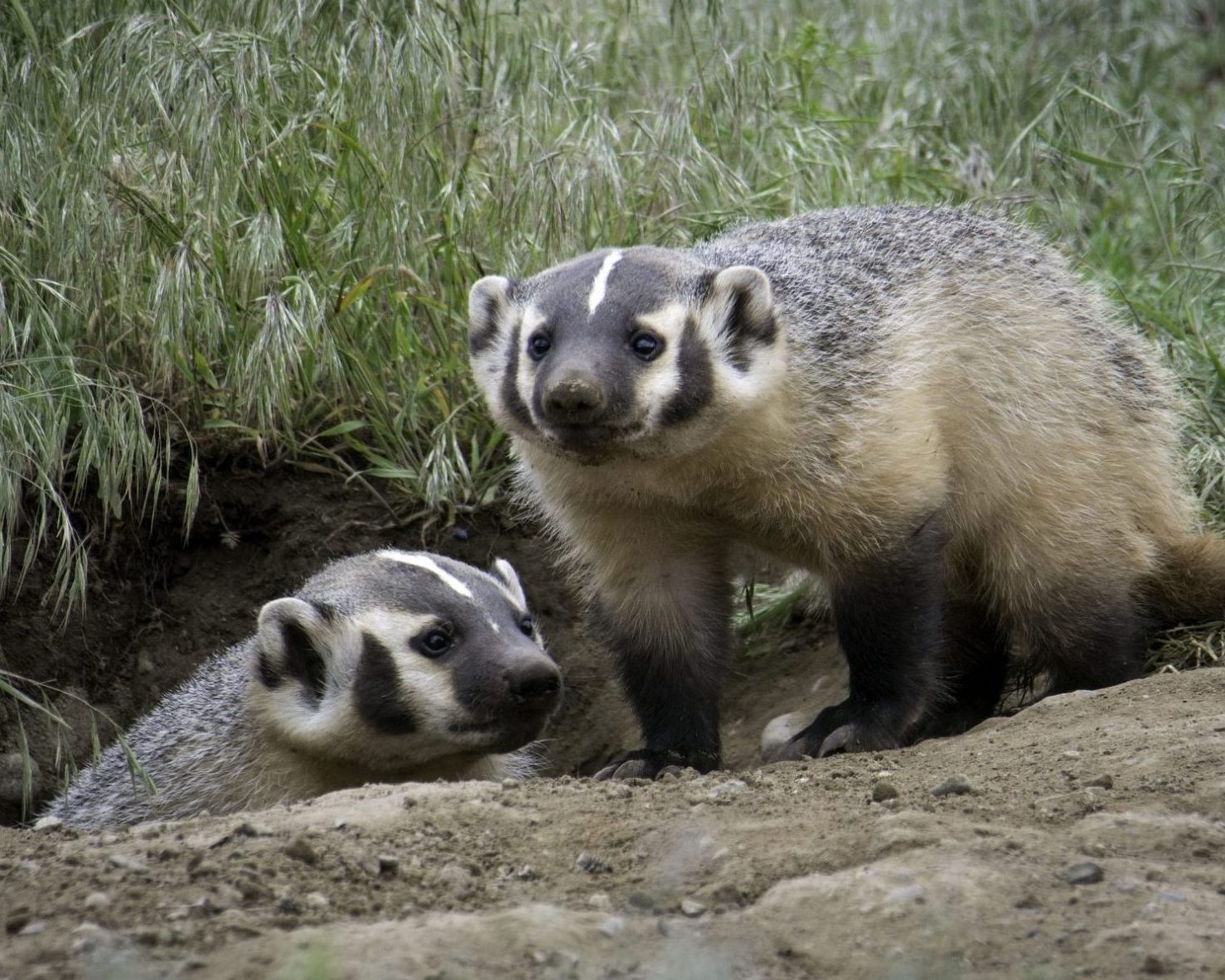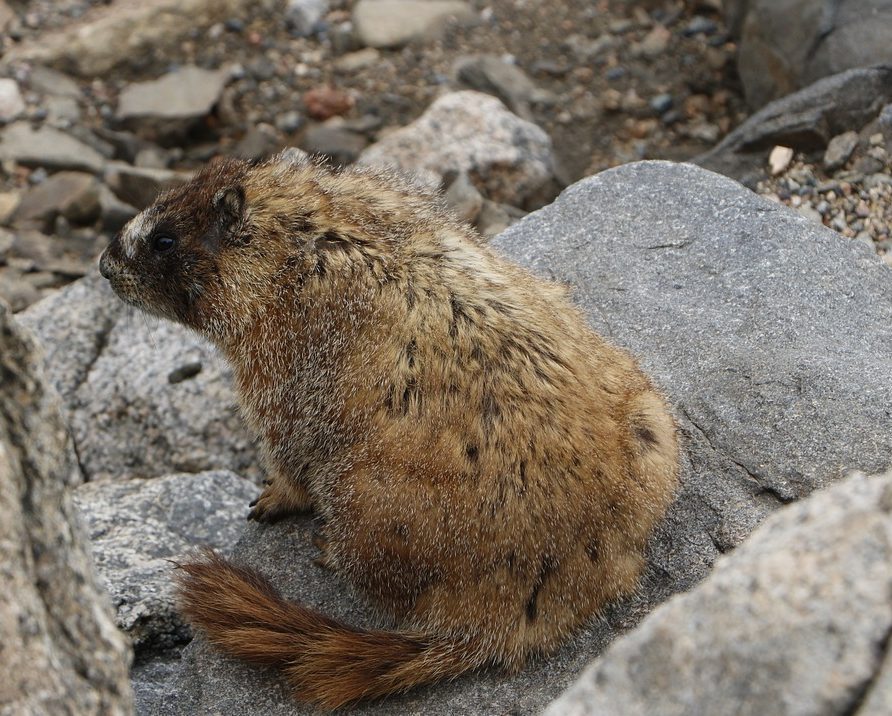Dermacentor albipictus (the winter tick)
[vc_row][vc_column width="2/3"][vc_column_text] Dermacentor albipictus (the winter tick) Distribution Dermacentor albipictus is one of the most common North American Dermacentor species. This tick has large geographic distribution in North America. Its distribution includes most of the USA, southern Canada, and 26 states in Mexico. Hosts Hosts include domestic and wild ungulates, such as horses, cattle, elk, moose, and deer, mountain goats and sheep. It has been also found on dogs, cats and humans. This is a one-host tick, meaning that it attaches to a host individual as a larva, molts to the next stage while still attached, and normally does not drop from that host individual until after it becomes an engorged female; males do not engorge but do feed. Because winter ticks are a one host species of large mammals, they are...




